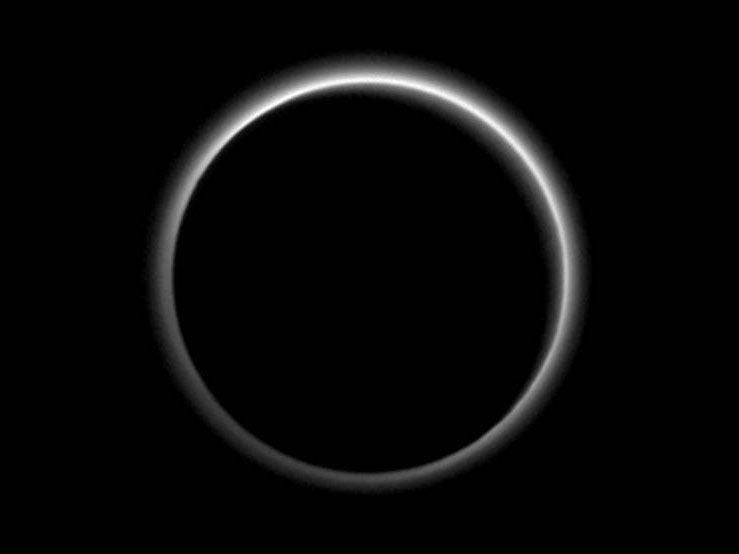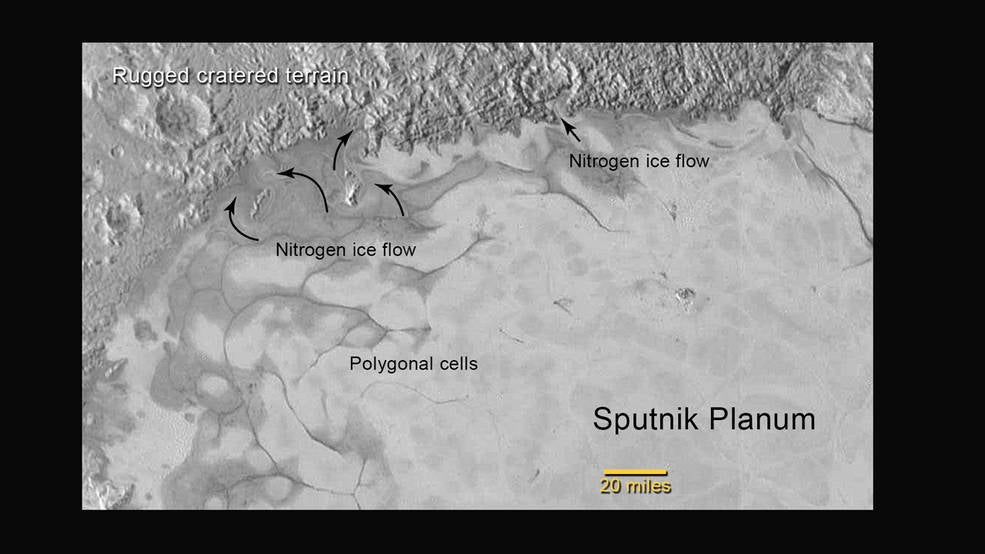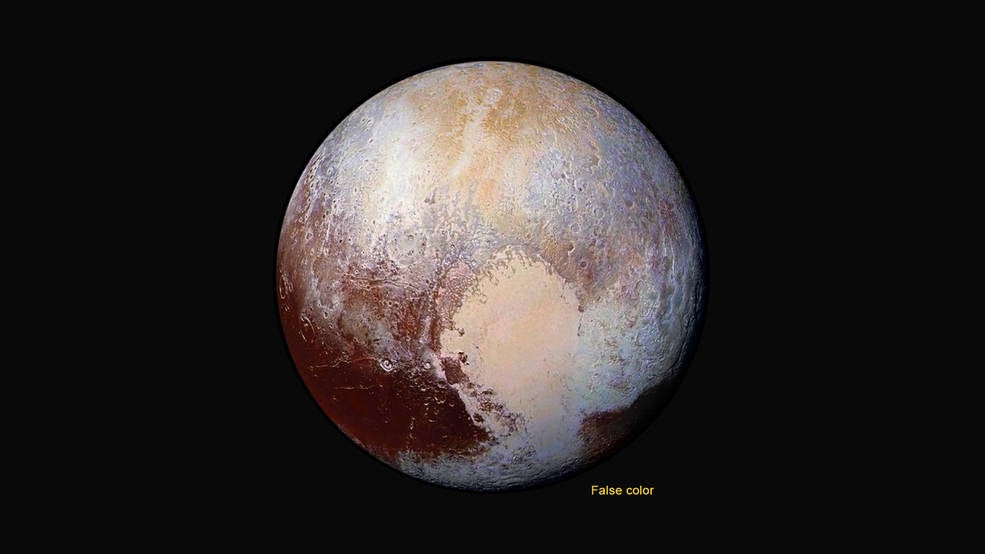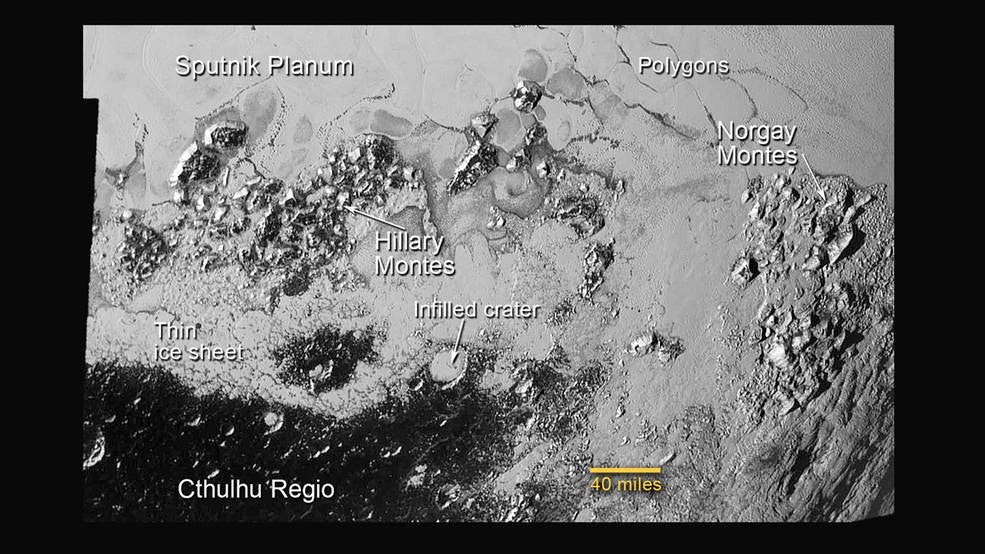New Pluto images: Nasa New Horizons team reveal stunning pictures of 'glacier-like' flowing ice
The New Horizons team unveiled their new findings of glacier-style moving ice formations on the surface of Pluto

Your support helps us to tell the story
From reproductive rights to climate change to Big Tech, The Independent is on the ground when the story is developing. Whether it's investigating the financials of Elon Musk's pro-Trump PAC or producing our latest documentary, 'The A Word', which shines a light on the American women fighting for reproductive rights, we know how important it is to parse out the facts from the messaging.
At such a critical moment in US history, we need reporters on the ground. Your donation allows us to keep sending journalists to speak to both sides of the story.
The Independent is trusted by Americans across the entire political spectrum. And unlike many other quality news outlets, we choose not to lock Americans out of our reporting and analysis with paywalls. We believe quality journalism should be available to everyone, paid for by those who can afford it.
Your support makes all the difference.Shortly after their last major announcement, when they revealed the clearest photos of Pluto ever taken, Nasa's New Horizons team have revealed more images of the distant, cold planet.
The images, taken by the New Horizons probe while it was travelling at around 11 miles a second, reveal Pluto, which is 4.6 billion miles from Earth, to be an icy world with glacier-like flowing ice on its surface.
John Grunsfeld, NASA’s associate administrator for the Science Mission Directorate, who on Thursday was part of the team that announced the discovery of Earth-like planet Kepler 452b, said: "We knew that a mission to Pluto would bring some surprises, and now -- 10 days after closest approach -- we can say that our expectation has been more than surpassed."

A few hours after making a close approach, the probe turned its camera back towards Pluto, capturing rays of sunlight streaming through its atmosphere, creating an eerie eclipse effect.
The image shows two distinct layers of haze, miles above the surface, that makes up Pluto's alien atmosphere.
After studying the fascinating images, Grunsfeld sad the team saw "flowing ices, exotic surface chemistry, mountain ranges," and a "diversity of planetary geology that is truly thrilling."

The 'ice' that has been spotted on Pluto's surface is not made from water, but is a frozen mix of nitrogen, carbon monoxide and methane ices.
At a temperature of -234 degrees celsius, Pluto is more than capable of freezing most chemicals that we know as gases here on earth.
As well as this frozen mixture, scientists also spotted revealing signs of recent geologic activity - something that researchers had hoped to spot but didn't expect.

“We’ve only seen surfaces like this on active worlds like Earth and Mars,” said mission co-investigator John Spencer of the Southwest Reserach Institute.
“I'm really smiling.”
With the discovery of 'Earth 2.0' earlier this week, and now amazing new images of Pluto, it's hoped that Nasa researchers will have plenty more to smile about in future.
Join our commenting forum
Join thought-provoking conversations, follow other Independent readers and see their replies
Comments